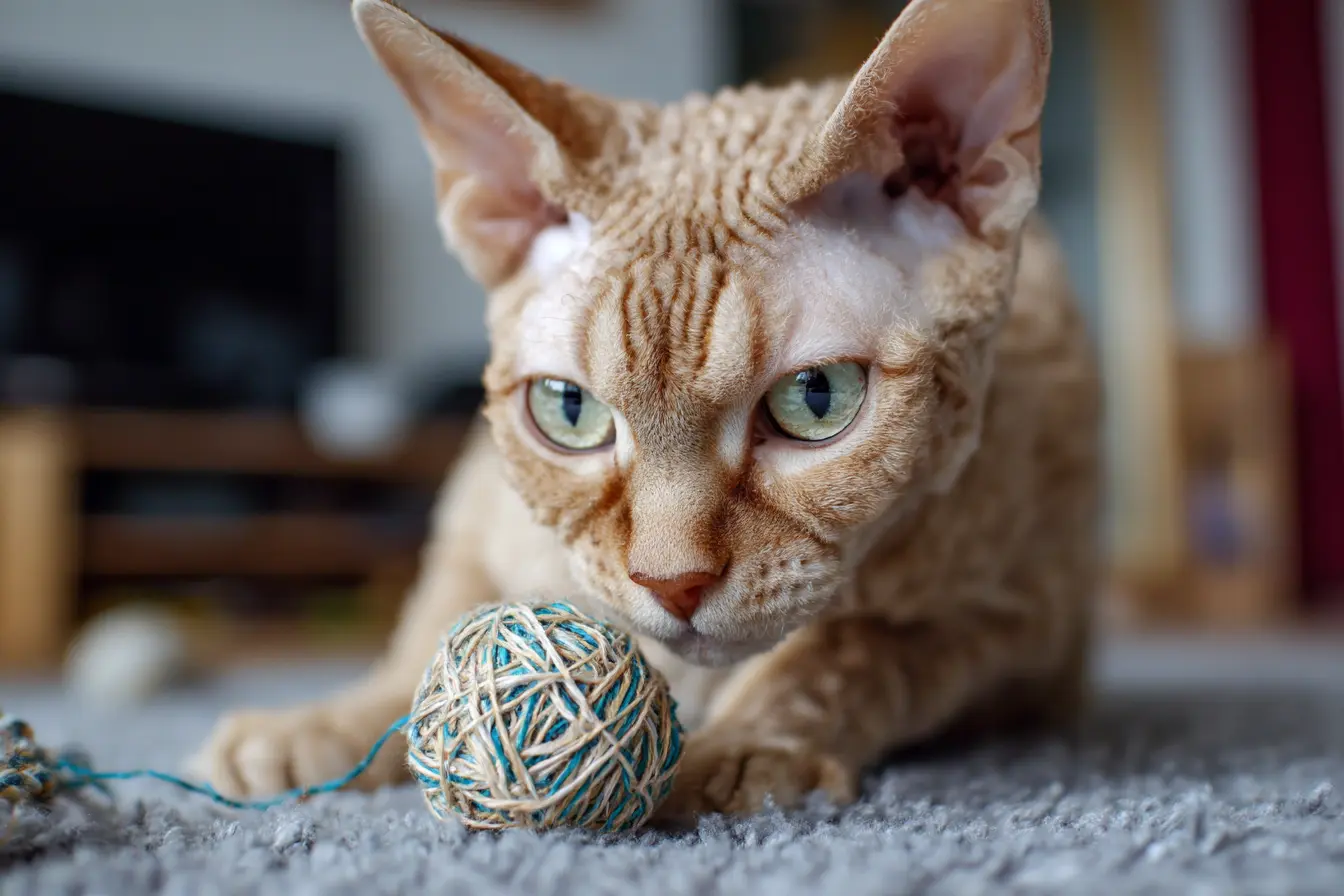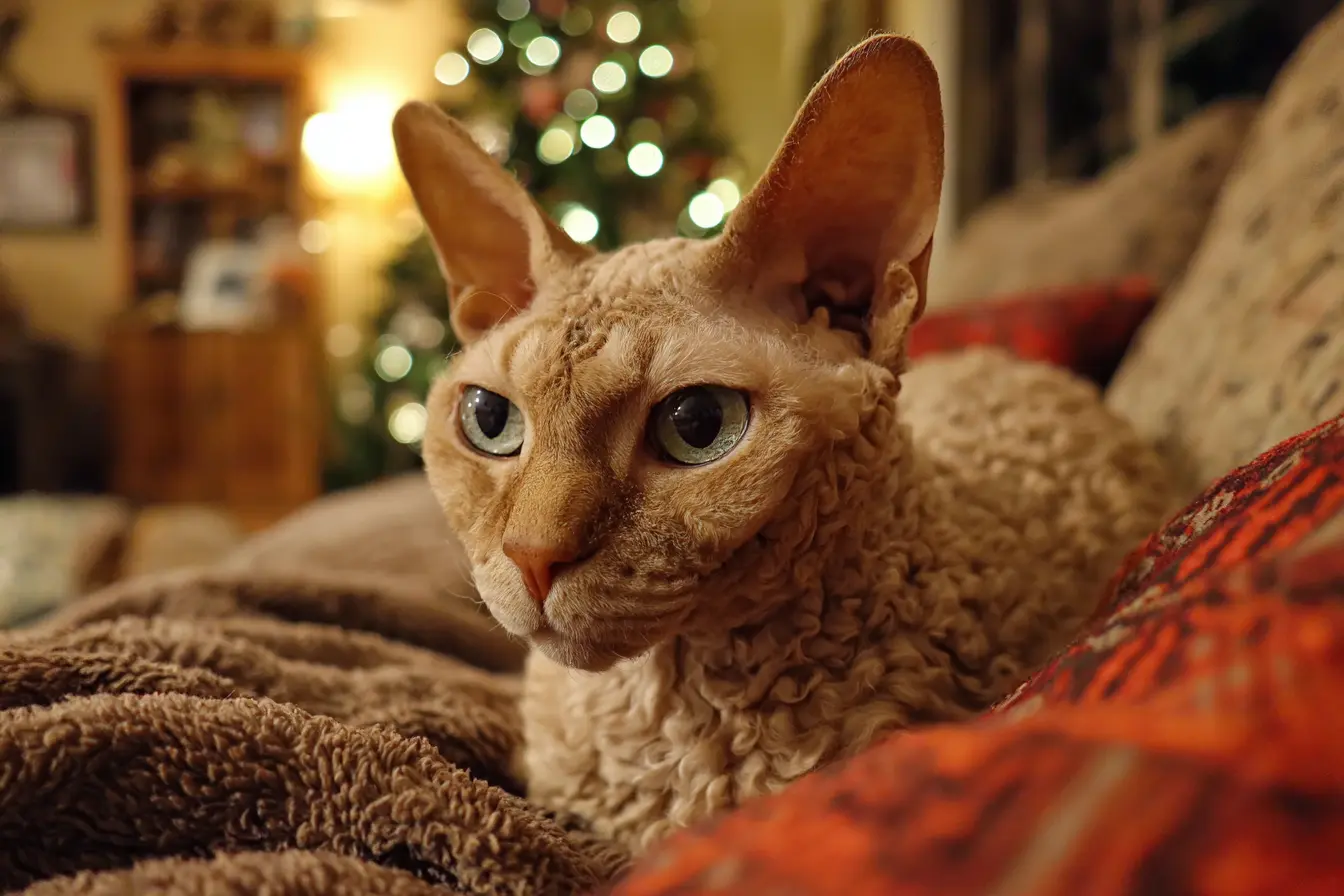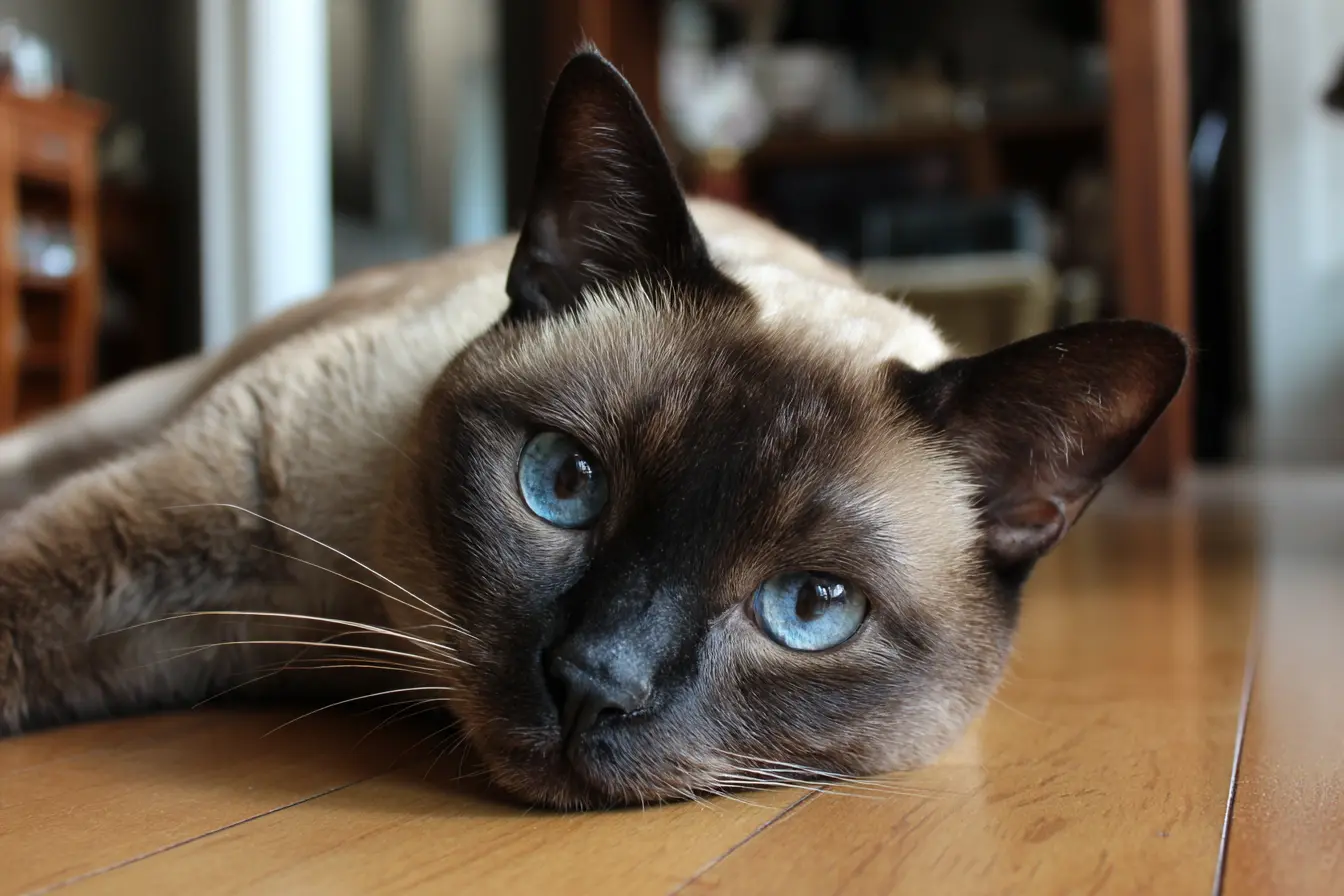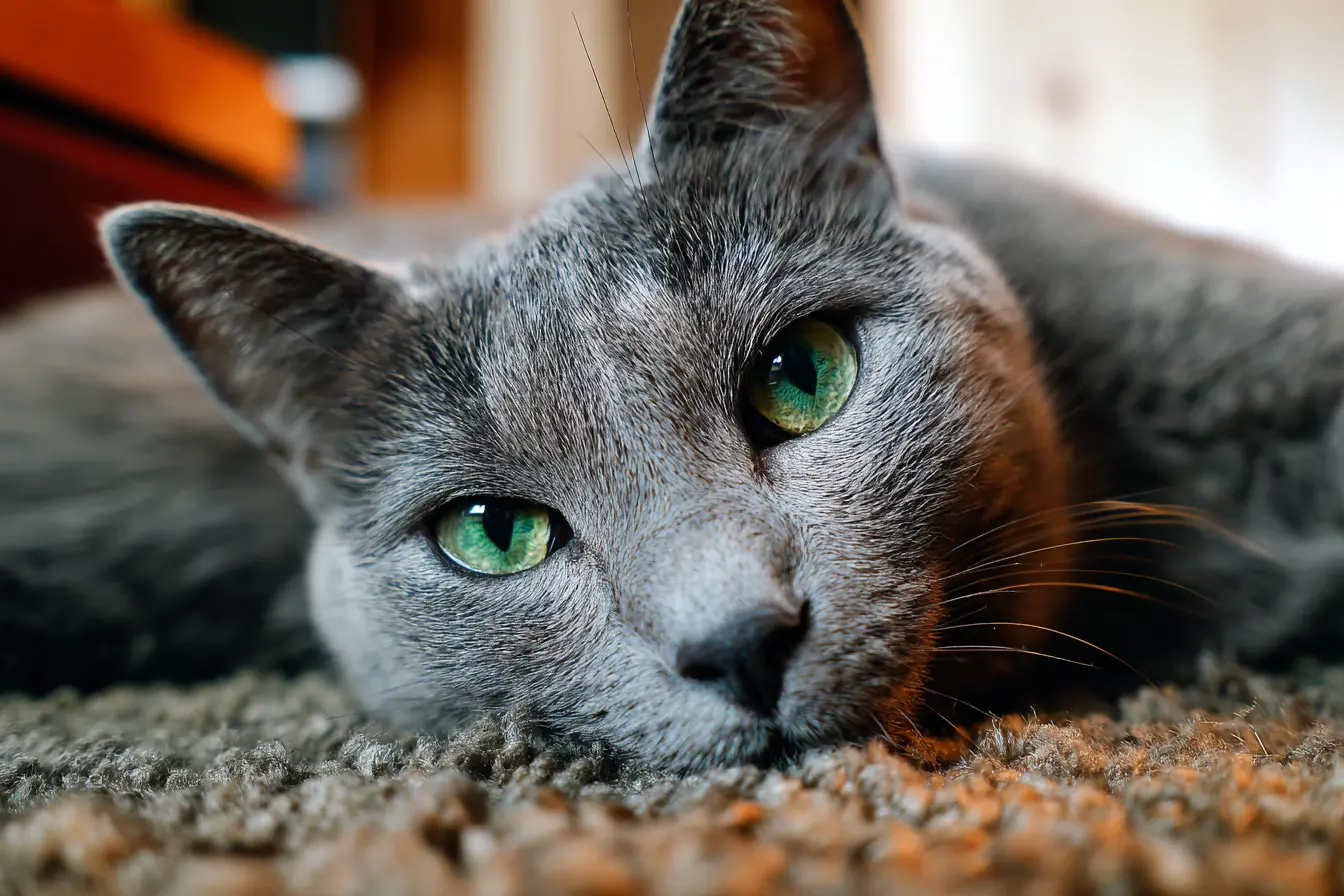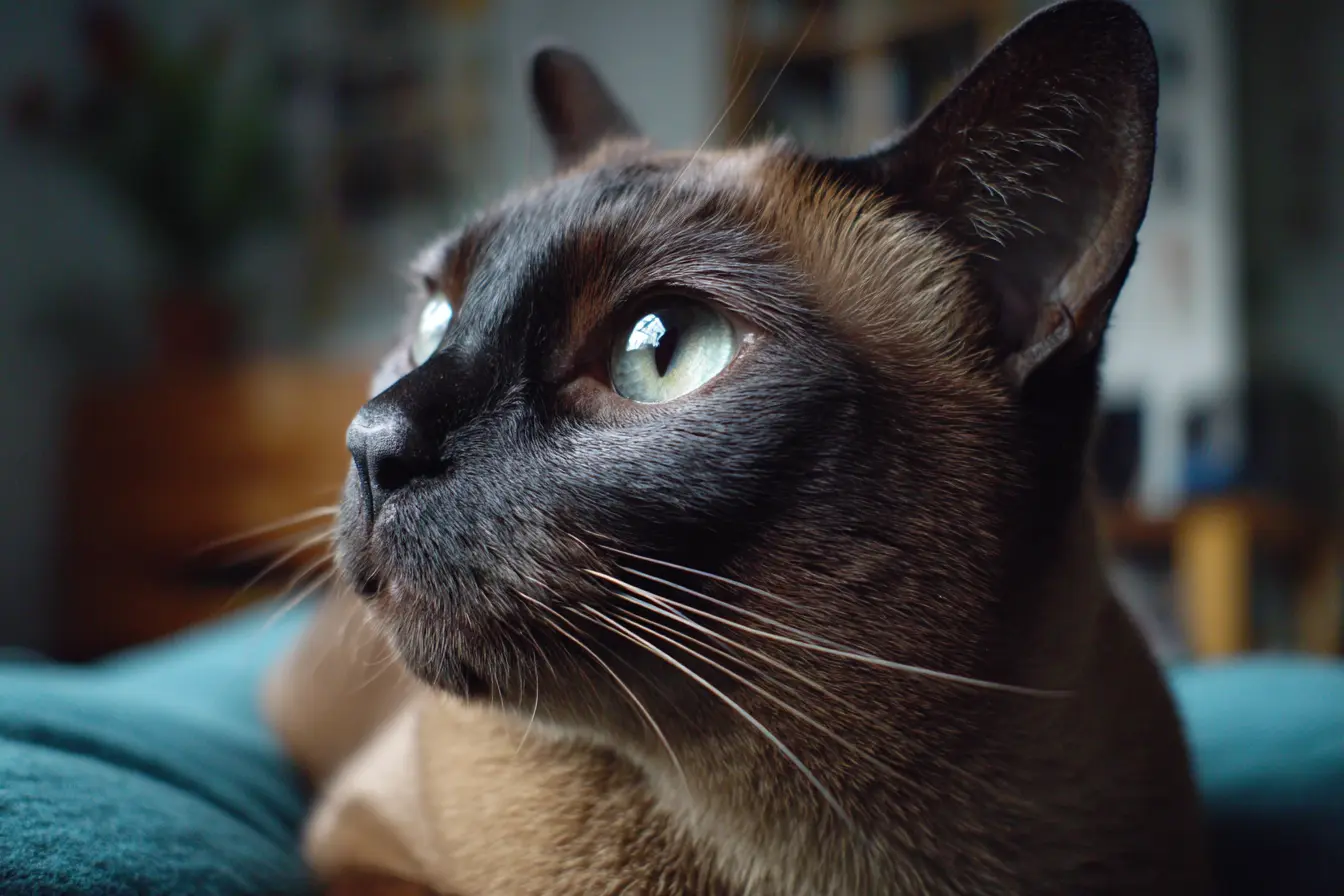
The Burmese Cat: An Affectionate Companion with Endless Charm
Choosing to welcome a cat into your life is a decision filled with excitement and joy. If you are considering a Burmese cat, you are looking at a breed renowned for its affectionate nature, lively spirit, and captivating presence. This guide provides a comprehensive overview of the Burmese cat, covering their history, personality traits, care requirements, and health considerations, helping you decide if this charming breed is the perfect addition to your home.
Breed History and Characteristics
The Burmese cat traces its origins to Burma (now Myanmar), where it was revered for its beauty and companionship. The breed was established in the West in the 1930s, when a single cat named Wong Mau was brought to the United States and selectively bred, leading to the development of the Burmese we know today. British and American Burmese lines have since diverged slightly, with British Burmese being slightly more slender and elegant, while American Burmese are stockier and rounder.
Burmese cats are medium-sized, with a muscular yet graceful build. They have a short, satin-like coat that lies close to the body and comes in a variety of solid or subtly shaded colours, including sable, blue, chocolate, and lilac. Their large, expressive eyes are typically a striking shade of gold or yellow, adding to their captivating appearance.
Temperament
Burmese cats are celebrated for their affectionate, people-oriented personalities. They thrive on human interaction and form strong, lasting bonds with their owners. Burmese are often described as "dog-like" in their loyalty, following their humans around the house and greeting them at the door.
Highly playful and curious, Burmese cats retain their kitten-like behaviour well into adulthood. They are intelligent and love engaging in interactive play, puzzle toys, and learning new tricks. Despite their lively nature, they are also content to curl up on a lap for cuddles, making them versatile companions.
Burmese are generally good with children and other pets, thanks to their tolerant and sociable temperament.
Health and Lifespan
Burmese cats are generally healthy and robust, with a typical lifespan of 12 to 16 years or more. However, they can be prone to a few hereditary health issues, including:
- Hypokalaemia (a condition affecting muscle function)
- Cranial deformities (more common in American Burmese lines)
- Gingivitis and dental disease
- Obesity, particularly if not provided with enough exercise
Choosing a reputable breeder who tests for genetic conditions is vital. Regular veterinary care, a balanced diet, and maintaining an active lifestyle are key to ensuring a long, healthy life for your Burmese cat.
Care and Grooming
One of the advantages of owning a Burmese is their low-maintenance grooming needs. Their short, fine coat requires little more than a weekly brush to remove loose hair and maintain a healthy shine.
Routine dental care, nail trimming, and ear cleaning should also be part of their regular grooming routine. Providing scratching posts and encouraging regular play will help keep them fit and mentally stimulated.
Living Environment
Burmese cats are adaptable and can thrive in various living environments, from city flats to spacious houses. What matters most to them is the presence of their beloved humans and a stimulating environment.
Because they crave company, Burmese cats do not fare well if left alone for long periods. They are happiest in households where someone is often home or where they have the company of another friendly pet.
Safe indoor living is ideal for Burmese cats to protect them from accidents and disease. Access to secure outdoor enclosures or catios can provide extra enrichment without the risks associated with free-roaming.
Training and Socialisation
Thanks to their intelligence and eagerness to please, Burmese cats respond well to positive reinforcement training. They can learn tricks, fetch toys, and even walk on a lead.
Early socialisation is important to nurture their confident, friendly nature. Exposure to different environments, people, and gentle handling from a young age will help ensure they grow into well-adjusted adults.
Considerations for Prospective Owners
- Companionship Needs: Burmese cats need a lot of human interaction and should not be left alone for extended periods.
- Activity Level: Energetic and playful, they require daily stimulation and engagement.
- Healthcare: Regular vet visits and monitoring for breed-specific health issues are important.
Conclusion
The Burmese cat is a lively, affectionate, and devoted companion that brings joy, energy, and warmth into any home. Their playful antics, combined with their loving nature, make them a favourite among cat enthusiasts worldwide.
If you are looking for a sociable, intelligent cat that thrives on interaction and affection, the Burmese could be the perfect choice for you. Spend time meeting Burmese cats through breeders or rescue centres to experience their delightful personalities firsthand. As with all pets, remember that adopting a cat is a lifelong commitment that deserves thoughtful consideration and heartfelt dedication.
Vets near you
Speciality vets
- Aquatics vet specialists
- Birds vet specialists
- Camelids vet specialists
- Cats vet specialists
- Cattle vet specialists
- Deer vet specialists
- Dogs vet specialists
- Equines vet specialists
- Exotic vet specialists
- Goats vet specialists
- Pigs vet specialists
- Poultry vet specialists
- Sheep vet specialists
- Small Mammals vet specialists
- Wild vet specialists
